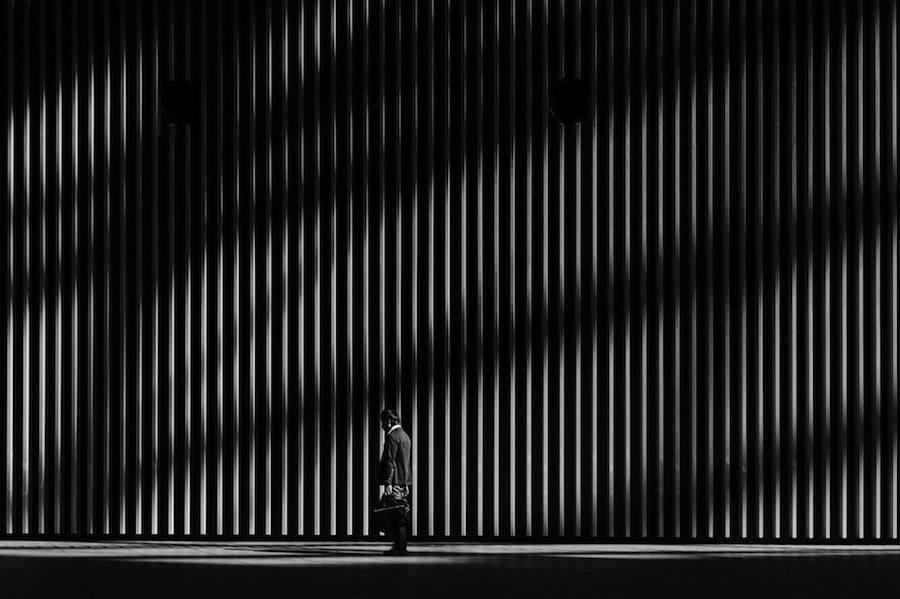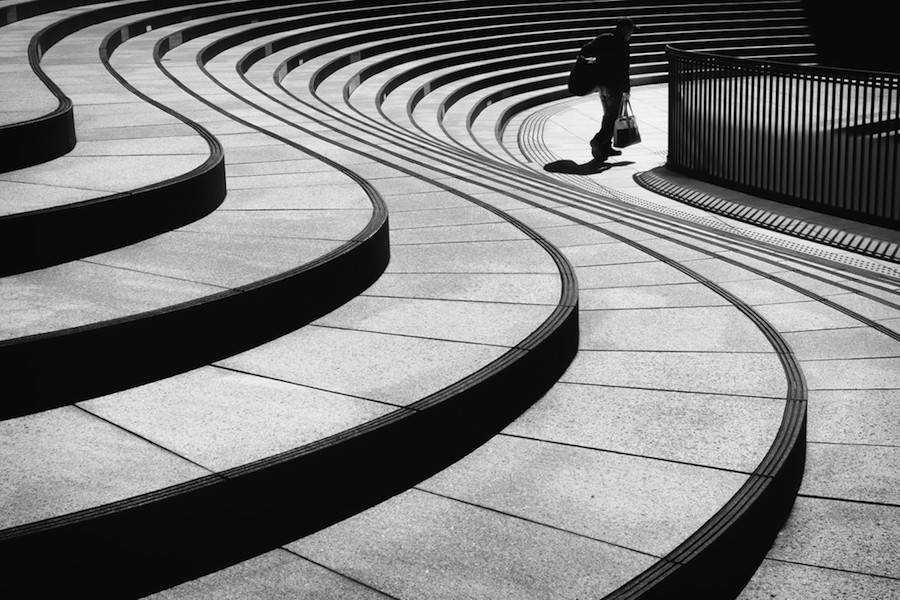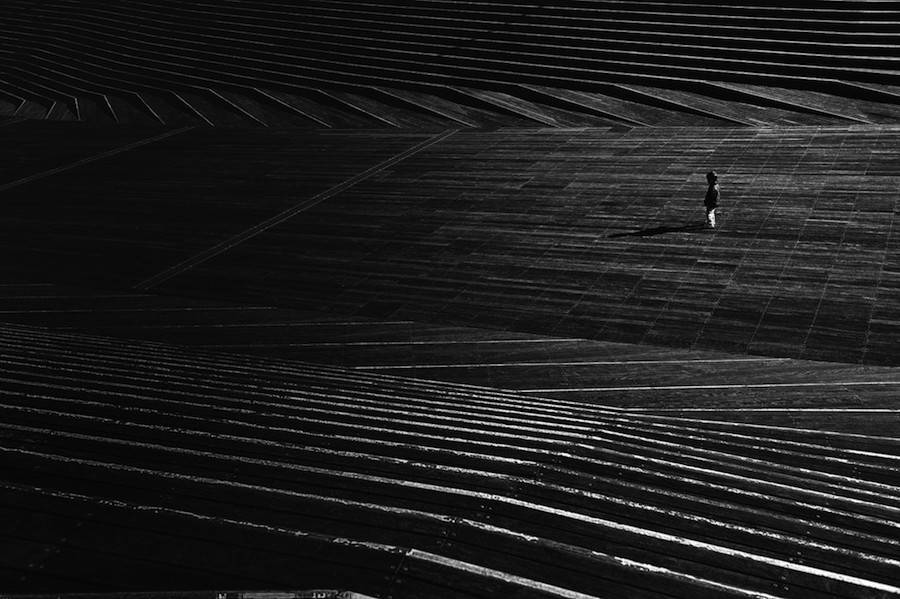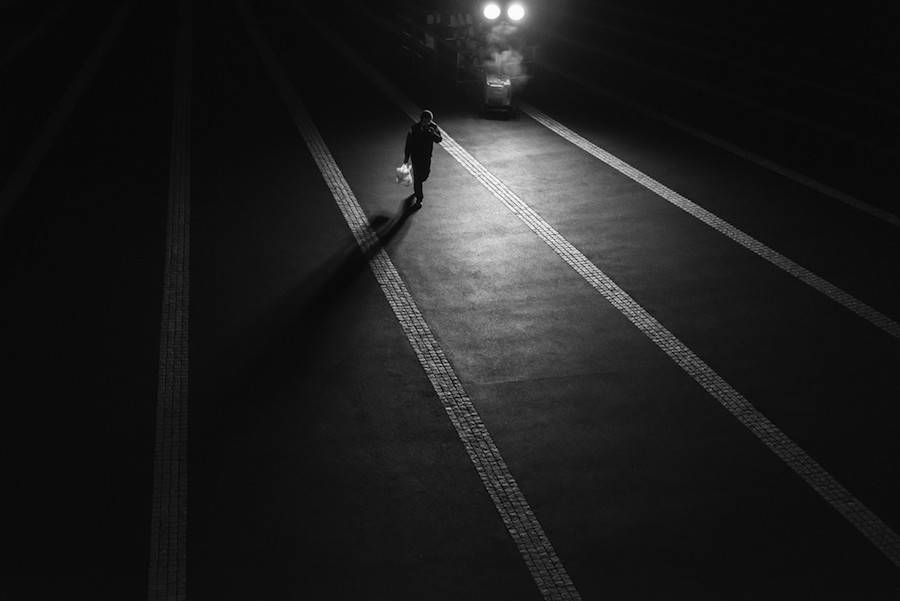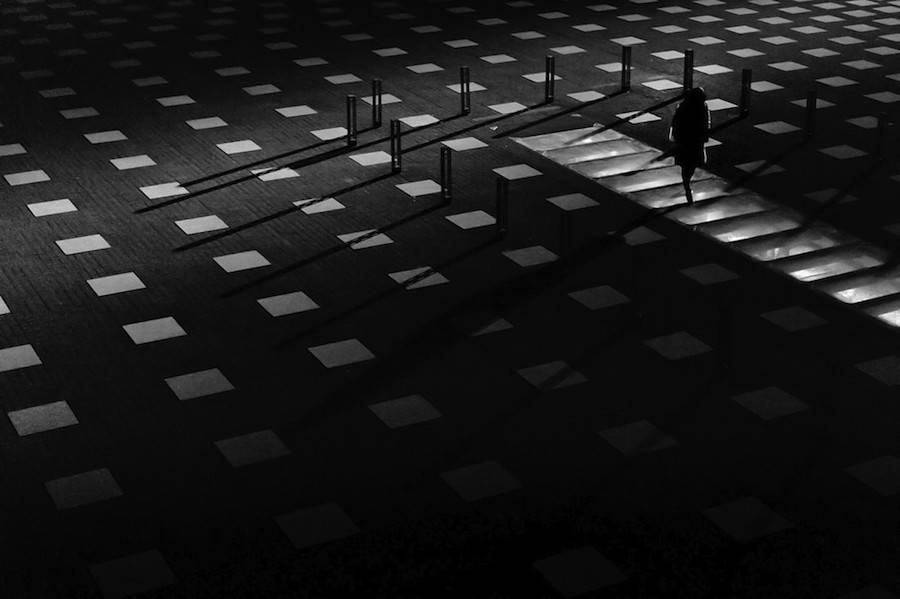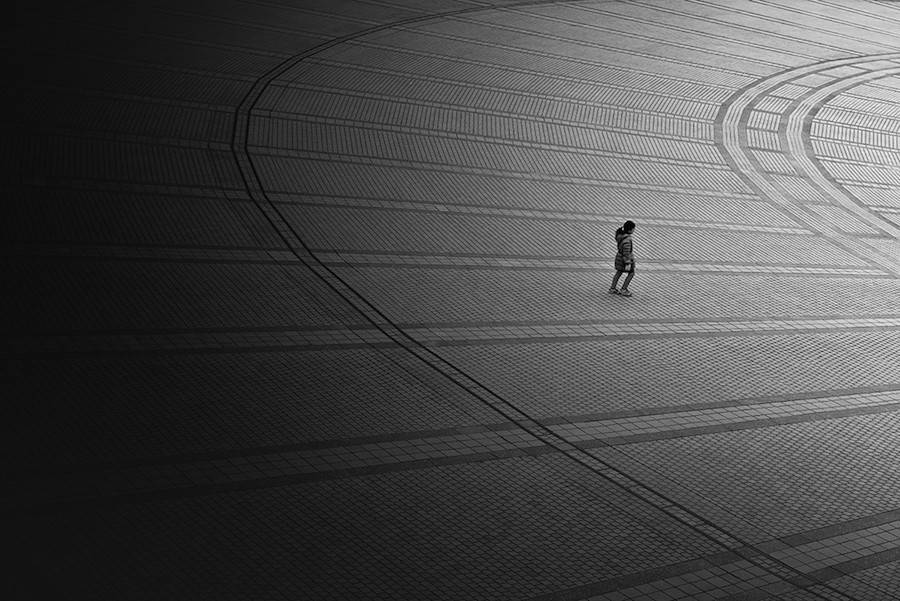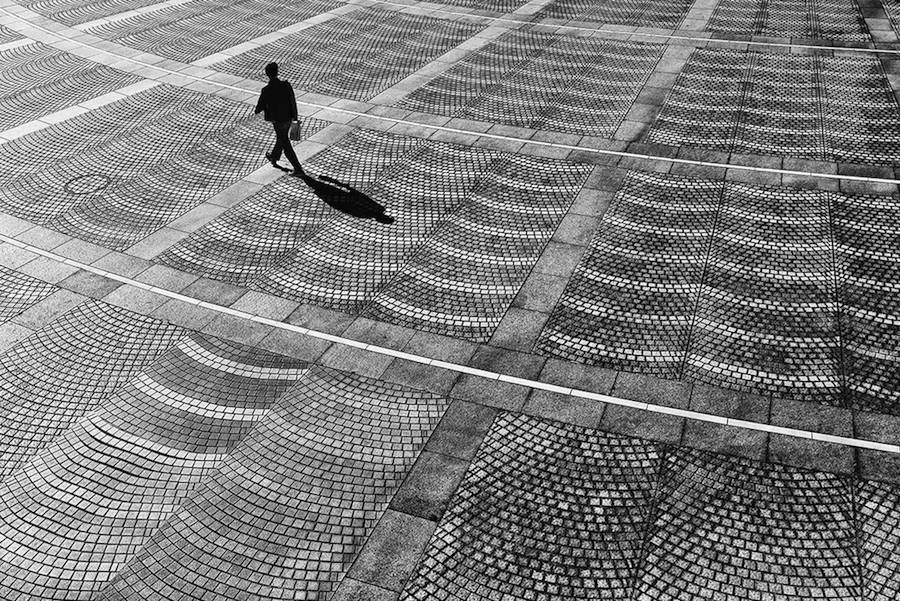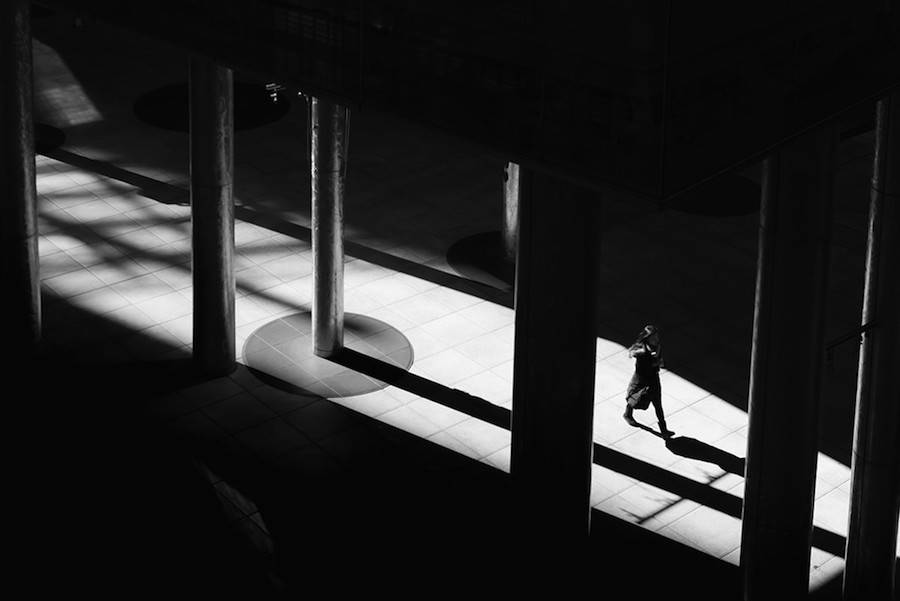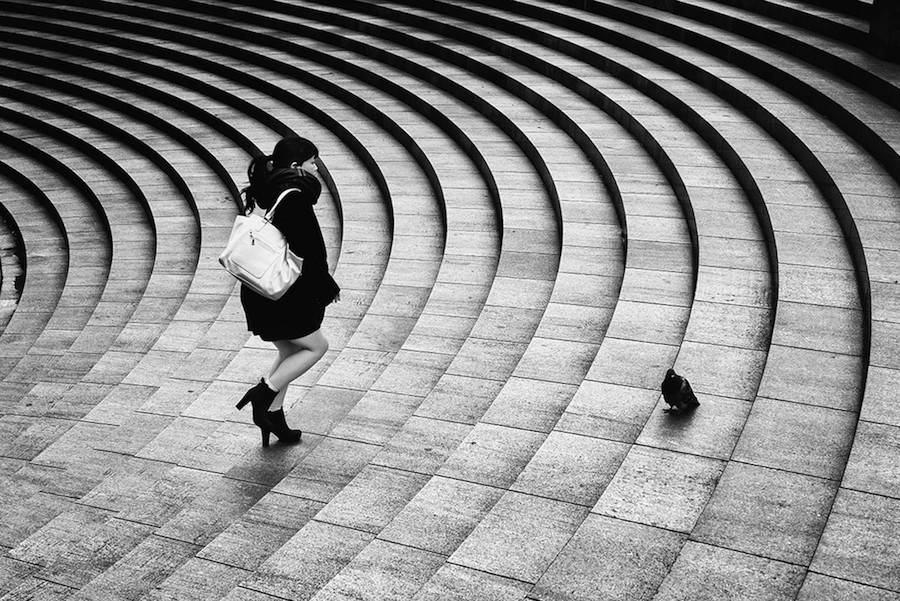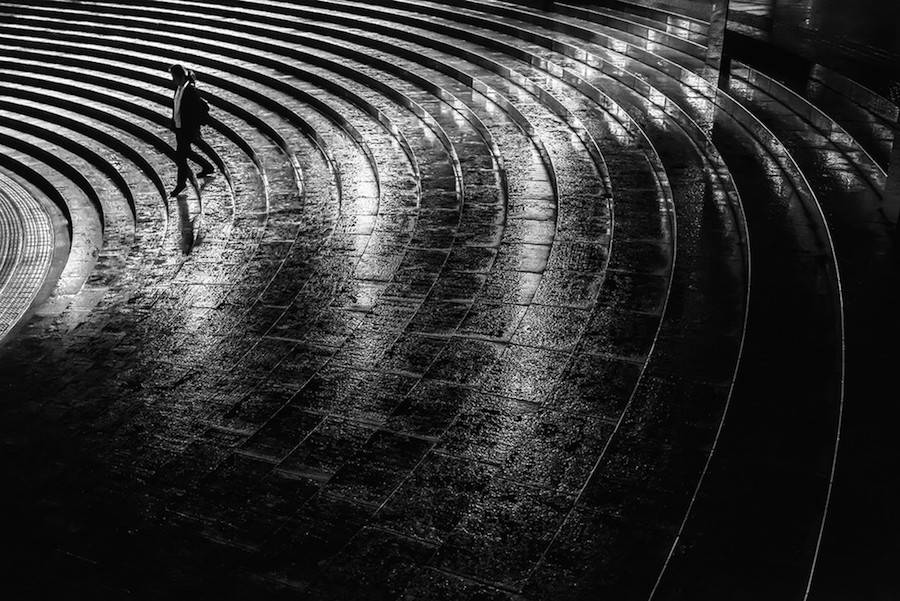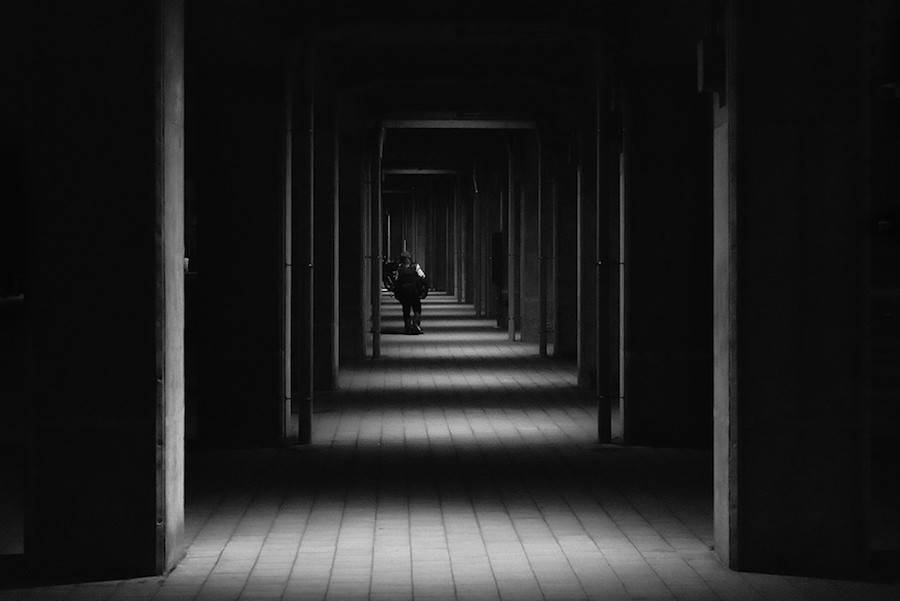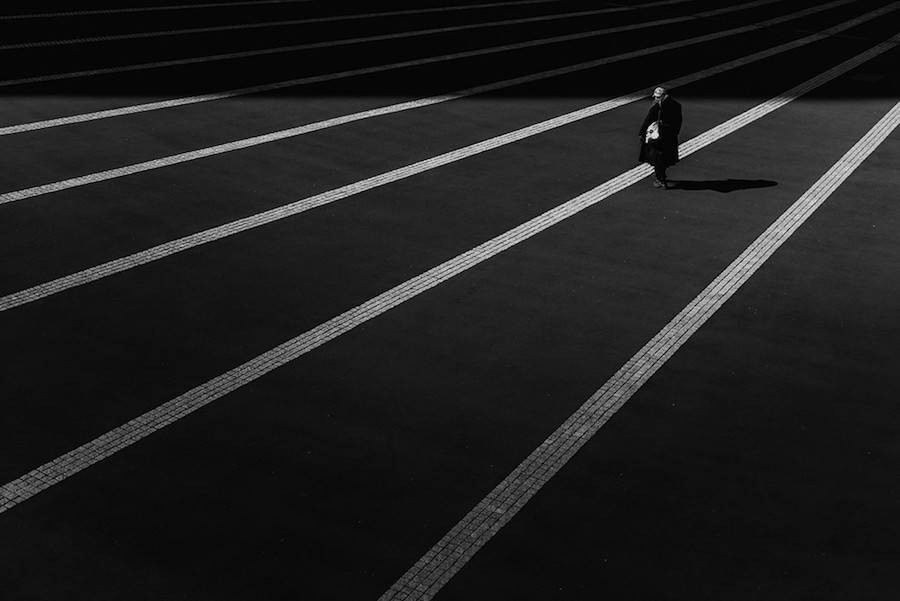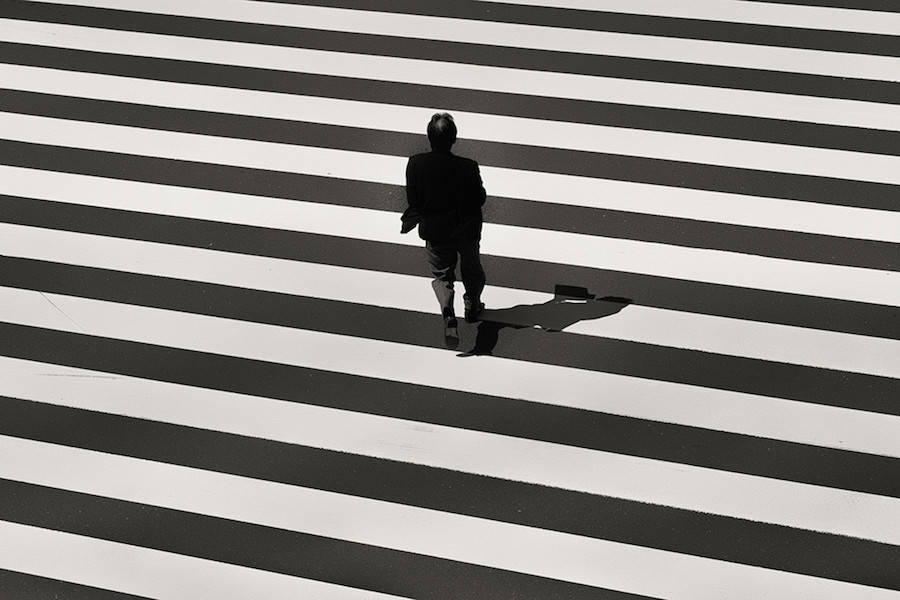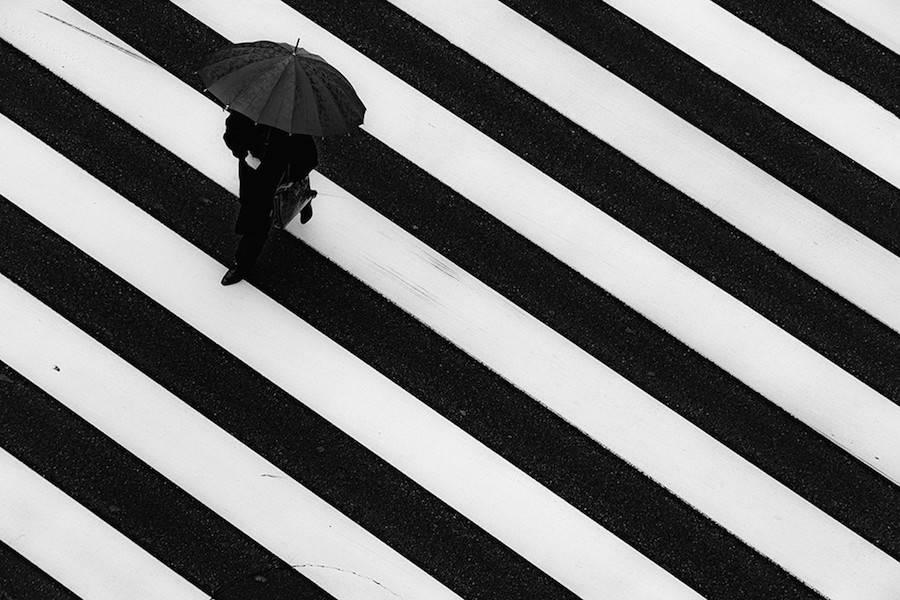Fuente:https://www.facebook.com/angel.arq?fref=photo
Visitas
lunes, 27 de junio de 2016
viernes, 24 de junio de 2016
miércoles, 22 de junio de 2016
Desde arriba. La ciudad prohibida
"la ciudad prohibida en Pekín, china fue construido desde 1406 hasta 1420 por más de un millón de trabajadores"...
Fuente: Angel Muñiz
martes, 21 de junio de 2016
lunes, 20 de junio de 2016
viernes, 17 de junio de 2016
Los Eames recomiendan
Few in the twentieth century straddled the demarcation between design and architecture as effortlessly – or as successfully – as Ray and Charles Eames. For the Eameses, the distinction was artificial and unhelpful; useful creative thought emerged from a process-based method of problem solving, design solutions addressed and resolved specific needs, and success could be effectively measured by an object’s ability to do its jobs. But while the Eameses were famously weary of design’s historical tendency toward “creative expression,” their work exhibited none of the abject sterility threatened by a devotion to extreme functionalism. They found that delight was itself utilitarian, and an object’s capacity to produce pleasure for its user allowed for the consideration of aesthetics as one metric of serviceability. From this belief in the unity of performance and perception emerged some of the century’s most iconic designs: Case Study House #8, the Molded Plywood Lounge Chairs, and the 670 & 671 Eames Lounge and Ottoman.
The forthcoming An Eames Anthology, edited by Daniel Ostroff and published by Yale University Press, chronicles the careers of Ray and Charles Eames in their pursuits as designers, architects, teachers, artists, filmmakers, and writers. As Ostroff attests, with over 130,000 documents archived in the Library of Congress, the Eameses were nothing if not prolific; this volume, accordingly, is not comprehensive so much as representative, curated to reflect the breadth of interests and accomplishments of the pair.
In preparation for a 1949 lecture at the University of California, Los Angeles on “Advice for Students,” Charles made the following notes on inspiration, methodology, and career strategy. They are excerpted here from An Eames Anthology:
Make a list of books
Develop a curiosity
Look at things as though for the first time
Think of things in relation to each other
Always think of the next larger thing
Avoid the “pat” answer—the formula
Avoid the preconceived idea
Study well objects made past recent and ancient but never without the technological and social conditions responsible
Prepare yourself to search out the true need—physical, psychological
Prepare yourself to intelligently fill that need
Develop a curiosity
Look at things as though for the first time
Think of things in relation to each other
Always think of the next larger thing
Avoid the “pat” answer—the formula
Avoid the preconceived idea
Study well objects made past recent and ancient but never without the technological and social conditions responsible
Prepare yourself to search out the true need—physical, psychological
Prepare yourself to intelligently fill that need
The art is not something you apply to your work
The art is the way you do your work, a result of your attitude toward it
The art is the way you do your work, a result of your attitude toward it
Design is a full time job
It is the way you look at politics, funny papers, listen to music, raise children
Art is not a thing in a vacuum—
No personal signature
Economy of material
Avoid the contrived
It is the way you look at politics, funny papers, listen to music, raise children
Art is not a thing in a vacuum—
No personal signature
Economy of material
Avoid the contrived
Apprentice system and why it is impractical for them
No office wants to add another prima donna to its staff
No office is looking for a great creative genius
No office—or at least very few—can train employees from scratch
There is always a need for anyone that can do a simple job thoroughly
No office wants to add another prima donna to its staff
No office is looking for a great creative genius
No office—or at least very few—can train employees from scratch
There is always a need for anyone that can do a simple job thoroughly
There are things you can do to prepare yourself—to be desirable
orderly work habits
ability to bring any job to a conclusion
drawing feasibility
lettering
a presentation that “reads” well
willingness to do outside work and study on a problem . . .
orderly work habits
ability to bring any job to a conclusion
drawing feasibility
lettering
a presentation that “reads” well
willingness to do outside work and study on a problem . . .
Primitive spear is not the work of an individual nor is a good tool or utensil.
To be a good designer you must be a good engineer in every sense: curious, inquisitive.
I am interested in course because I have great faith in the engineer, but to those who are serious
(avoid putting on art hat) Boulder Dam all’s great not due engineer
By the nature of his problems the engineer has high percentage of known factors relatively little left to intuition
(the chemical engineer asking if he should call in Sulphur)
To be a good designer you must be a good engineer in every sense: curious, inquisitive.
I am interested in course because I have great faith in the engineer, but to those who are serious
(avoid putting on art hat) Boulder Dam all’s great not due engineer
By the nature of his problems the engineer has high percentage of known factors relatively little left to intuition
(the chemical engineer asking if he should call in Sulphur)
Source: Charles Eames, handwritten notes on talks at University of California, Los Angeles, January 1949, Part II: Speeches and Writings series, Charles and Ray Eames Papers, Manuscript Division, Library of Congress, Washington, D.C.

Fuente: http://www.archdaily.com/611053/charles-eames-advice-for-students/
jueves, 16 de junio de 2016
miércoles, 15 de junio de 2016
Guía interactiva de arquitectura de Buenos Aires
Fui invitada a participar de esta guía de arquitectura que Buenos Aires estaba necesitando.
Gracias a los organizadores por la convocatoria.
¡Allí estaremos!
Gracias a los organizadores por la convocatoria.
¡Allí estaremos!
lunes, 13 de junio de 2016
La memoria de las ciudades - Juhani Pallasmaa
Hay ciudades que permanecen como simples imágenes visuales lejanas
cuando se las recuerda, y ciudades a las que se recuerda por su vivacidad.
La memoria vuelve a evocar la ciudad deliciosa con todos sus sonidos,
olores y variaciones de luz y sombra. Incluso puedo escoger si
caminar por la parte soleada o sombría de la calle en la agradable ciudad
de mi recuerdo. La verdadera medida de las cualidades de una ciudad la da
el que uno pueda imaginarse enamorándose en ella.
viernes, 10 de junio de 2016
jueves, 9 de junio de 2016
martes, 7 de junio de 2016
lunes, 6 de junio de 2016
jueves, 2 de junio de 2016
Transmitir la emoción - Le Corbusier
“Se suele confundir la concepción y la composición, se trata de cosas muy diferentes ya que la concepción es un estado del espíritu y la composición un instrumento del oficio. La concepción es la emoción ,la decisión de la emoción que quiere transmitirse y la composición es la elección de los medios susceptibles de transmitir esa emoción “. Le Corbusier .
miércoles, 1 de junio de 2016
Suscribirse a:
Entradas (Atom)















